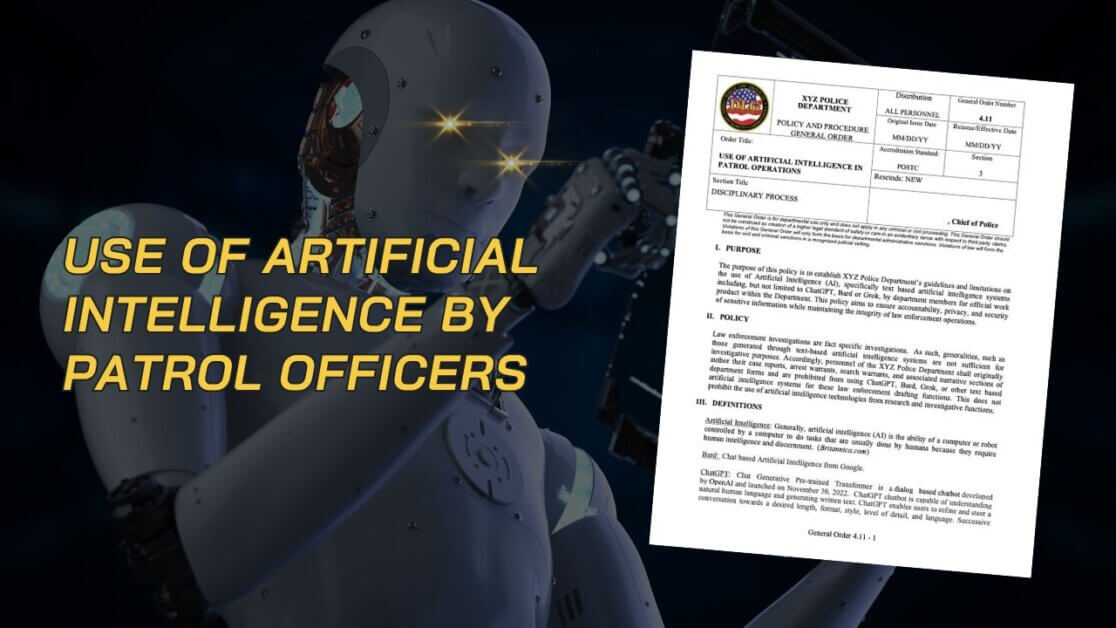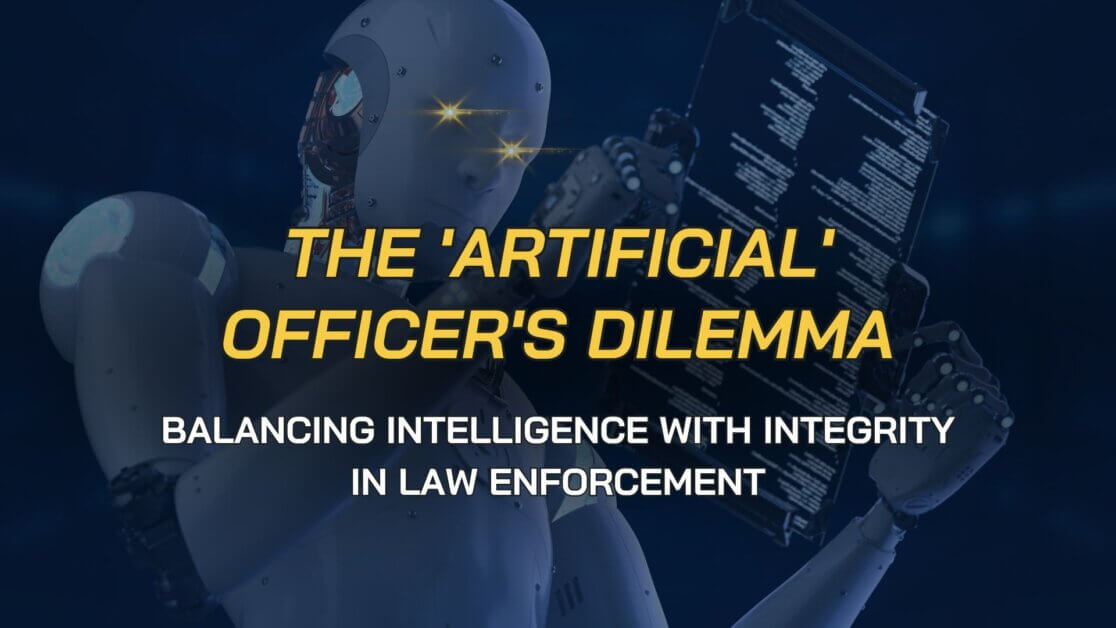In Lange v. California, a case argued before the Supreme Court of the United States on February 24, 2021, the Supreme Court weighed in on how much protection the Fourth Amendment gives to those suspected of a minor crime once they enter their home. To give some perspective on the topic, police do not need a warrant when a fleeing felon is found in their home. But what happens when someone who commits a misdemeanor enters their home? And does it matter what type of misdemeanor is committed? In a very tricky debate, SCOTUS discussed several key factors that arise when officers enter someone’s home after they are suspected of a misdemeanor.
First, let’s discuss what it means to be in a “hot” pursuit, because when reviewing this case, the Supreme Court was torn on whether there was a “hot” pursuit to even debate. “Hot” pursuits usually hold up in court when police are actively pursuing a suspected felon and their chase takes them into private premises, or the police have probable cause to believe that a crime has been committed on private premises. The Supreme Court has stated that “‘hot’” pursuit means some sort of a chase, but it need not be an extended hue and cry ‘in and about the public streets'” (United States v. Santana). “Hot” pursuit also applies when the lives of police officers or others are in danger. So, the Court has recognized two conditions when officers may use a “hot” pursuit to conduct a warrantless search: the need to avoid the destruction of evidence and the need to prevent the loss of life or serious injury. Under this definition a “hot” pursuit awards officers an exigent circumstance that would allow them to go into a home without a warrant.
In last week’s discussion, the Supreme Court weighed in on a case that did not involve a fully “hot” pursuit, but it did involve someone who was breaking a minor noise violation law and driving under the influence. So, the question is, does a misdemeanor count as an exigent circumstance? Although SCOTUS did not fully decide the case yet, the argument is important here because even SCOTUS is torn on what the “right” answer is. Here are the facts of the case that led to this discussion.
Facts
In 2016, Arthur Lange was driving home around 10 PM. He had his windows down and he was listening to his music at a very loud volume. Occasionally he honked his horn, which ultimately caught the attention of a state highway patrol officer. The officer, Aaron Weikert, followed Lange to his home because he believed Mr. Lange was committing a noise infraction. As Lange neared his home, Officer Weikert turned on his overhead lights.
Lange drove into his garage and before he could fully close the garage door Officer Weikert stopped the door with his foot and forced it to reopen. Weikert began questioning Lange, who appeared to be intoxicated. A blood test later showed that his blood-alcohol level was more than three times the legal limit.
Lange was charged with driving under the influence, a misdemeanor, and playing music too loudly, an infraction. Lange moved to suppress the evidence against him, arguing that Officer Weikert’s entry into his home had violated the Fourth Amendment, which prohibits unreasonable searches and seizures. The civil court ruled against Lange, as did the First Circuit Court of Appeals.
SCOTUS Discussion
The debate at hand involves the following question: “Whether the pursuit of a person whom a police officer has probable cause to believe has committed a misdemeanor categorically qualifies as an exigent circumstance sufficient to allow the officer to enter a home without a warrant” (Lange v. California). Most of the justices agree that you can’t simply say that all crimes involving a “hot” pursuit allow for warrantless entry, since that would mean that “the home isn’t [the] castle at all for the most trivial of things” (Justice Breyer). On the other hand, a “hot” pursuit only happens when someone commits a crime, so are they giving up Fourth Amendment protections in doing so?
Another argument by Justice Breyer was to draw a distinction between felonies and misdemeanors, although he worried that this would cause confusing anomalies and further aggravate the problem. Several Justices felt that the line separating felonies from misdemeanors is a confusing one and because it varies by state it does not reflect the risks to police officers. Justice Kagan said that labeling a crime a felony or a misdemeanor does not tell you whether a suspect is dangerous; for example, most domestic violence offenses are misdemeanors, while most white-collar frauds are felonies.
Lange’s lawyer argued that Officer Weikert could have simply knocked before entering Lange’s garage. This option, however, oftentimes puts officers in harm’s way. When dealing with a “hot” pursuit, you are going after a criminal and once that criminal is inside their home, they could destroy evidence, arm themselves with weapons, or even have other members of their household join their cause.
A couple of the Justices felt that this case shouldn’t be about how to handle a “hot” pursuit, as the pursuit of Lange was far from “hot”. Justice Alito said, “The argument very simply is that hot pursuit has to be hot, and it has to be a pursuit.” Justice Clarence Thomas also felt the encounter in Sonoma was not a “hot” pursuit; he called it a “meandering pursuit.” Lange did not know that Officer Weikert was behind him and when he went into his garage patrol car video footage shows that it is unlikely that he even knew of the patrol car’s lights.
To make matters more confusing, California did not defend the lower court’s decision in its favor and instead urged the Supreme Court to rule that only felonies justify entries without warrants. Because neither side supported the appeals court’s ruling, the justices appointed Amanda K. Rice to present the argument that misdemeanors justify warrantless entries. Rice stated that the court should treat all crimes the same.
According to Rice, “The hot pursuit exception justifies warrantless home entry in a narrow class of cases where a suspect tries to thwart a lawful public arrest by outracing an officer to a dwelling,” she said. For this reason, any “hot” pursuit should justify the need for exigent circumstances. Rice’s argument got the attention of Justice Breyer who ended the arguments by saying the court could rule to “almost always” allow warrantless entries in “hot” pursuit, but to leave open the possibility that some intrusions are unreasonable.
Takeaways
SCOTUS has not given us a final ruling on this question, but it is important here to note when something constitutes a “hot” pursuit. In your pursuit, you may need to protect evidence or those around you and this would allow you to enter a suspected criminal’s home without a warrant. That part of the argument is not up for debate. Moving forward officers may be able to enter someone’s home for a misdemeanor if their pursuit also meets these guidelines, which is important in those states where misdemeanors include more dangerous crimes. While Lange driving under the influence did put others in danger potentially, Weikert did not pursue him in a “hot” fashion; however, this case did bring to light another question or twist in the judicial system. We look forward to hearing SCOTUS’s final thoughts on this matter and we will update you once we do. You can review SCOTUS’s full argument here.
Lange v. California



